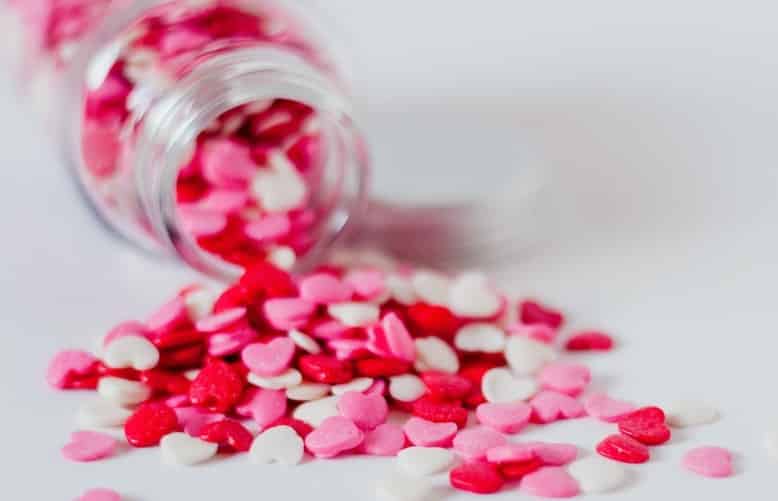Originally celebrated in Ancient Rome, Valentine’s day, was practiced in a very-extremely-different-bloody way. Before continuing to the topic of the article. Here is an interesting historical lesson on how Valentine’s Day came to be.
(St.) Valentine’s Day replaced the Pegan festival of love and fertility (Lupercalia). The Romans celebrated the holiday drunk and naked, sacrificing a goat and a dog, hitting women with the hide of the dead animals as a ritual to bless them with fertility. Then when Rome converted to Catholicism, they replaced the Pegan name to Valentine in honor of St. Valentine(s), who were ordered to be killed by a Pegan Emperor (Emperor Claudius II) on February 14 (in different years).
Though there were three well known Valentines during those days (who were all martyred). The true origin cannot be accurately pinpointed. However, there are two theories of how their names became honored for the day of love.
- Secret Marriages
Emperor Claudius II thought that marriage – having a family in general made men bad soldiers. Therefore, he banned it for young men. Valentine the priest was against this, he proceeded to marry couples in secret. When the Emperor found out, he was sentenced to be killed. However, some believe this missionary was the act of St. Valentine of Terni the bishop, who was also killed by the Emperor.
2. From Your Valentine
When it was illegal to be Christian. A Valentine helped Christians to escape prison, unfortunately, he got sent in. He fell in love with the jailor’s daughter who visits him. Before he was sent to be martyred. He wrote a letter for her, signed with ‘From Your Valentine’

Love Potions: Magic or Chemistry?
According to Elite Daily, Ancient Greeks grounded up orchids into a fine powder and put it in wine for consumption, they did it as a charm for lovers. The Center of Research of Reproduction and Contraception (CRRC) mentioned that the significance of using orchids as an ingredient when it came to ritualistic practice surrounding love has its roots from the Greek physician, Dioscorides. He believed that the orchid plant influenced sexuality, probably because of its erotic appearance. Ever since, the Greeks used orchids as a symbolism of love, sex, fertility and so on.
Therefore, orchids have been used as an Aphrodisiac.
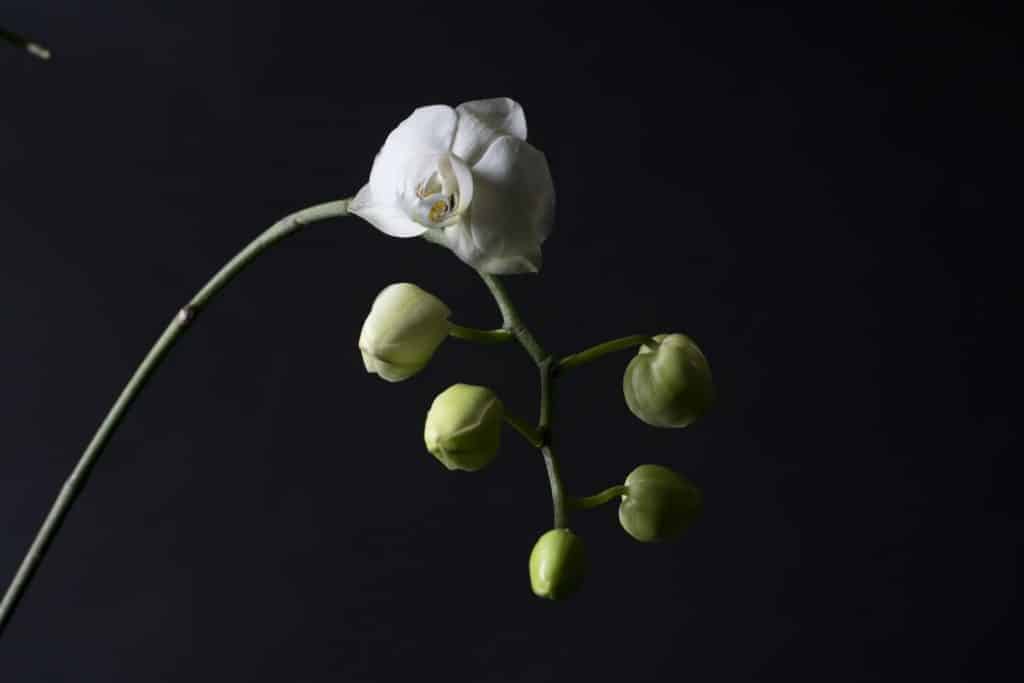
How Aphrodisiac works
Aphrodisiac: substances derived from plants, spices, foods, synthetic ‘chemicals’ that increases sexual desire, sexual pleasure, or sexual behavior.
The International Journal of Impotence Research has done a study on aphrodisiacs as a ‘herbal drug’. It was found that the orchid species, Vanda tessellata and Trichopus zylanicus stimulated ‘mounting behavior of male mice’ and increased the ‘mating performance in mice’.
Other than that, reports also showed that ‘plant has anti inflammatory, antiarthritic, antimicrobial, antipyretic and wound-healing properties’
From this research, Nitric Oxide (NO) has vasodilation (widening of blood vessels) and penile erection functions. NO activates ‘guanylate cyclase and thereby increases the levels of cyclic GMP (cGMP)’ In simpler terms, it means NO stimulates the production of cGMP, the thing that relaxes smooth muscle tissues – thus in blood vessels, increasing blood flow due to vasodilation, by interacting with the lyase enzyme, guanylate cyclase.
The researchers added: ‘The herbal drug appears to be useful for developing as an attractive alternative to Viagra…in this study, a novel aphrodisiac compound…was discovered from an orchid, V. tessellata …The finding has the potential to develop a valuable medicine for sexual dysfunction or erectile dysfunction.’

But why is Aphrodisiac is not exactly recognized by Science?
In an interview on Sunday Morning, Meryl Rosofsky, a physician who teaches food studies at New York University, said ‘Aphrodisiacs are bounded only by our imaginations’.
In the Middle Ages when superstitions and religious philosophy ruled the country, Law of Similarity was theorized and took over how people perceived material terrestrial things. The Law of Similarity is a philosophy that the appearance and design of a natural object represents its God-intended function. ‘If something looked virile and phallic and strong and erect, that it might confer those very properties on whoever consumed it…’
For example, Aphrodisiac got its name from Aphrodite, the Greek goddess of Love. She is illustrated as a God who sprung out of an oyster shell, hence oysters became a common aphrodisiacal food.
Quentin Wheeler on the Guardian, who specializes in articles about biological discoveries – New to Nature, had written a piece about another species of orchid. In it, they ended it with ‘Certain orchid tubers are shaped like testicles, and it has been long claimed that, when consumed, they are an aphrodisiac. This is, of course, a load of bollocks’
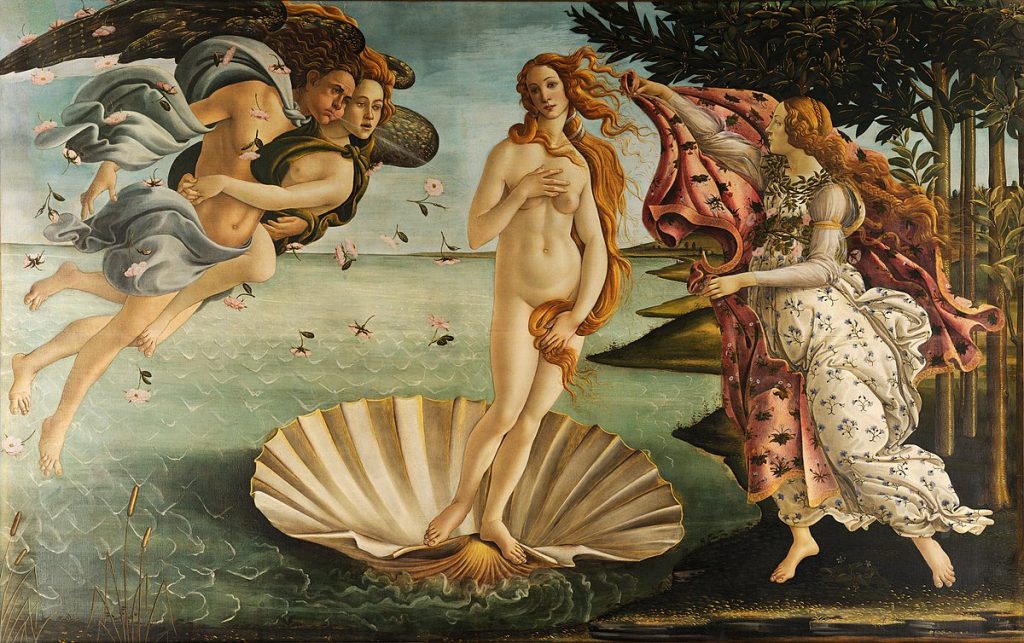
Love in a bottle?
Potions have been around for a long time, we can see this in folk-literature, paintings and even in religious texts. Philter, is a specific name for love potions. During Old English times, potions were on the market sold by Quack doctors. According to the Cambridge Dictionary, Quackery means ‘medical methods that do not work and are only intended to make money’. As Pharmaceutical Journal explains, people visited these ‘doctors’ because pills looked mysterious and suspicious.

Witchcraft was once fear mongered. According to the UK Parliament, A Witchcraft Act was passed in 1542 to criminalize witchcraft. Between 1560 – 1700, 513 witches were put on trial and 112 were executed (that was known).
Today Witchcraft has its own media, lineage and career. Vice produced an insightful documentary about witchery today, ‘Witchcraft in Romania‘. The documentary goes as correspondent Milène Larsson visiting the town of Mogosoaia, to brew a love potion, a curse, watch an exorcism and celebrate the Summer Solstice, where witches predicts the future.
(If you watch the video, the predictions oddly came true, whether it be coincidence or not)
In Mogosoaia, there lives one of the most famous and respected witches of Romania, Mihaela Minca, daughter of Bratara Buzea, another powerful witch known to be jailed by Communist dictator Ceausescu during the 70s. Today, she is free and feared by politicians. As part of the witch clan, Minca passes down her legacy to her daughters. It is safe to say, witchcraft in Romania will stay for now.
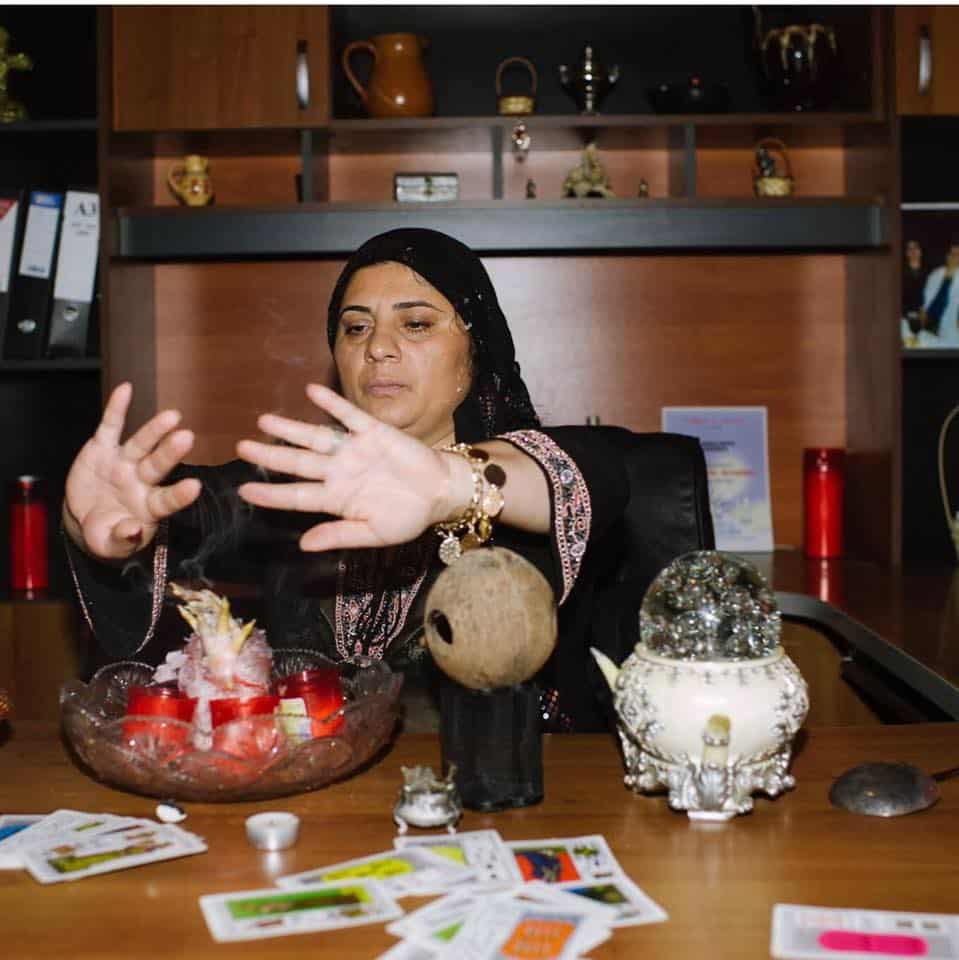
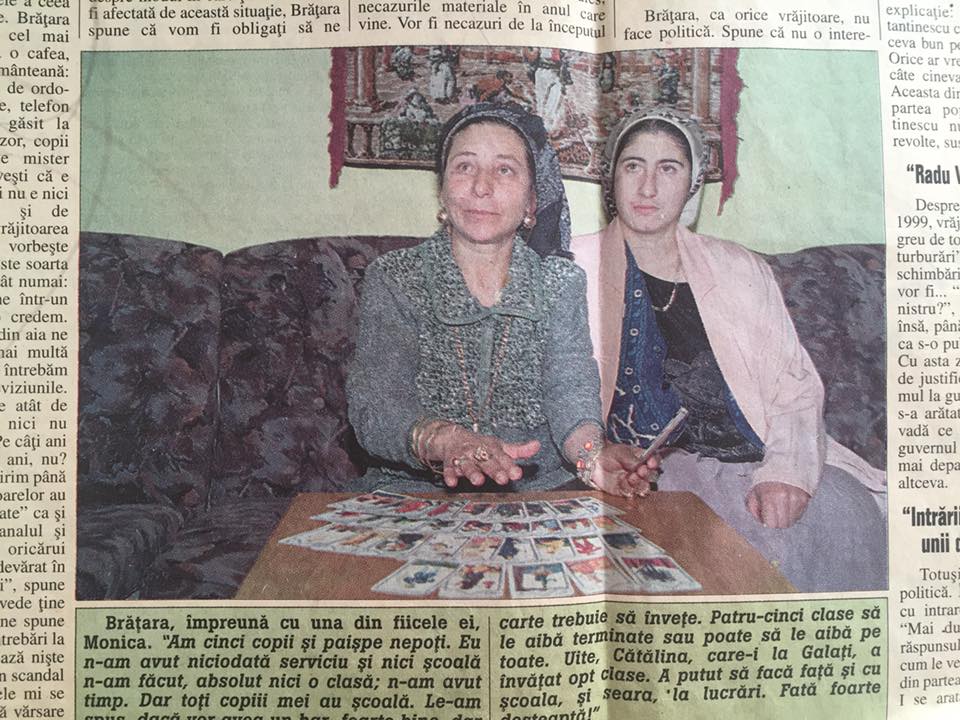
When it comes to Love Potions, there is a specific time and ritual they practice. The Witches only have one chance to brew the love potion every year, as it is only done on the day of the Christian Pentecost festival. The witches go to the meadows and pick traditional plants and herbs, when they pick them they say a specific beautiful chant : Just like these flowers are proud, seen, beautiful and sought after, may it be the same with love and happiness. God bless, may it be so!
After picking them, they go back to the brewing area and boil the plants till the sap excretes from them which then turns to a potion. To use the potion, the person makes a cross sign on their forehead in the morning before sunrise.
Witchcraft in the Modern World?
Larsson asks Bratara : Are you worried about modern times will change this ancient craft?
Bratara responds enthusiastically: On the contrary, it’ll make it known world wide that our power exists.
When Bratara said this, I immediately understood what she meant. Information about witchery is very much accessible today on the internet, just from searching ‘How to make a Love Potion?’ results of Youtube videos of witchcraft tutorials show up. In addition, TikTok, the new and extremely influential platform has a whole community of witches – WitchTok, where witches educate, practice and interact with one another. Likewise, Pinterest has a fair share of witch content, from infographics to video tutorials.
When Love Potions killed a King
It is important to note that there are many types of witchery, Christian rooted, Wiccan, Spiritual or what I’m most familiar with, Buddhist ritualistic practices. Therefore, rituals are different. For example, scouring through the internet, common items when making love potions are rose quartz, apples and an oil. Compared to the Romanian Christian witches who were mentioned, the main ingredient is the sap of some plants.
In Ancient Greece, the Spanish Fly was used to make Love Potions. According to HistoryExtra, the fly would be crushed along with other herbs into a tonic. The results would be a warmth feeling, however, they added it was most likely inflammation rather than desire, because after all, the fly is toxic. The insect excrete a toxic blistering agent called Cantharidin, causing inflammation and blisters.
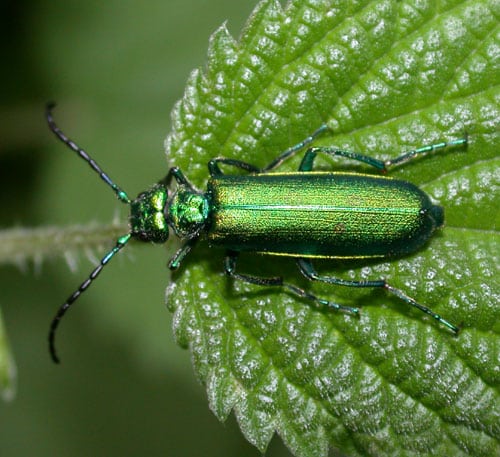
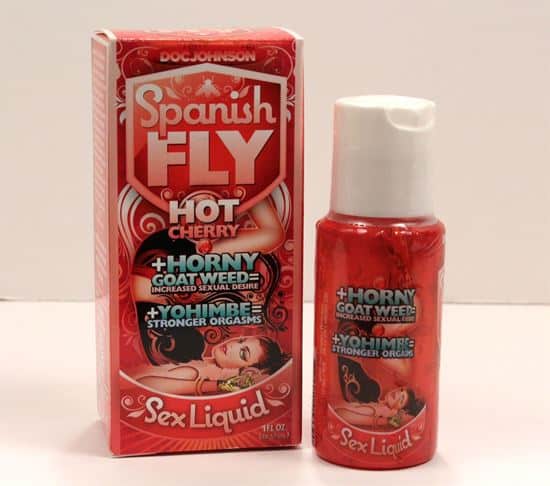
If you ever heard of the Catholic Monarchs, then you might know of Ferdinand II of Aragon and his Queen, Isabella I of Castile. They are called the Catholic Monarchs because their marriage joined the unification of Spain. The King reigned from 1475 – 1504, his death – theorized to be an effect of drinking many potions containing the Spanish Fly.
While others believed to be just a cause of a possible heart disease – Researchers from ‘The end of a myth: clinical causes of the death of Fernando el Católico’
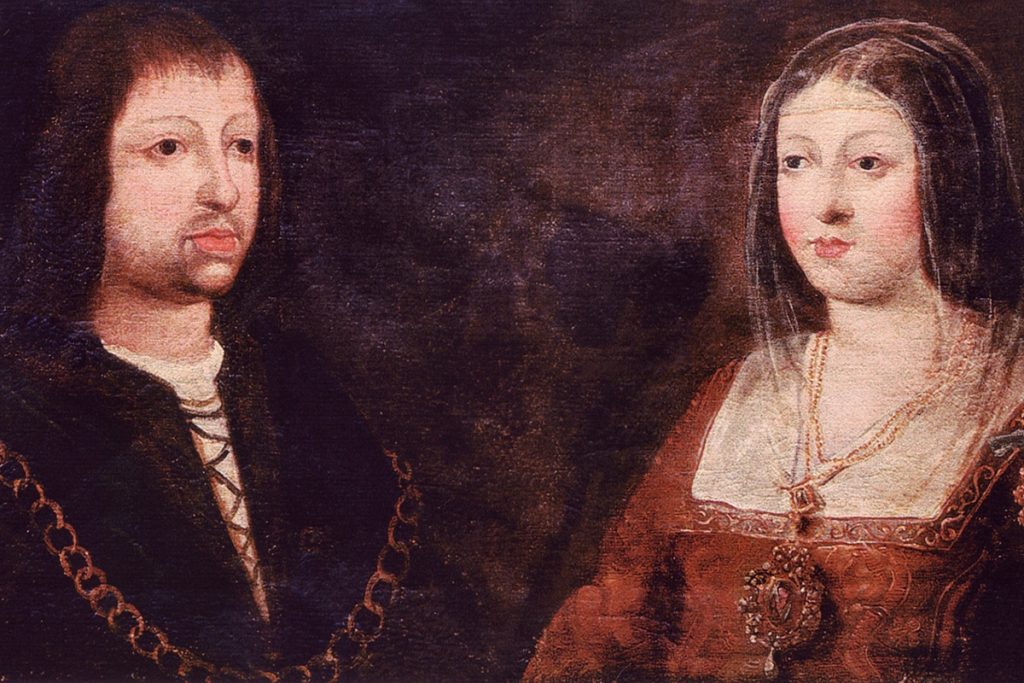
Magic or Chemistry, the point is still Love
Overall, whatever you believe about Love. 2021 Valentine’s Day will be different. Perhaps some couples would have ZOOM dinners, family members sending love hearts over WhatsApp, or spending it with yourself at home. The article shows how humanity levels out the importance of Love. From Scientists experimenting and researching on the ‘love chemicals’ in our brain, to people relying on the meta-physical world. Love is valuable.

References::
“The Dark Origins Of Valentine’s Day : NPR.” 13 Feb. 2011, https://www.npr.org/2011/02/14/133693152/the-dark-origins-of-valentines-day. Accessed 13 Feb. 2021.
“What is Valentine’s Day and how did it start? – CBBC Newsround.” https://www.bbc.co.uk/newsround/16945378. Accessed 13 Feb. 2021.
“History of Valentine’s Day – Facts, Origins & Traditions – HISTORY.” 22 Dec. 2009, https://www.history.com/topics/valentines-day/history-of-valentines-day-2. Accessed 13 Feb. 2021.
“Are Love Potions Real? Here’s What History & Science Have To Say.” 12 Nov. 2019, https://www.elitedaily.com/p/are-love-potions-real-heres-what-history-science-have-to-say-19298441. Accessed 13 Feb. 2021.
“Making sense of aphrodisiacs – CBS News.” 15 Feb. 2015, https://www.cbsnews.com/news/making-sense-of-aphrodisiacs/. Accessed 13 Feb.
2021.”Home Page – University of Washington.” 28 Nov. 2006, https://depts.washington.edu/popctr/orchids.htm. Accessed 13 Feb. 2021.
“New to Nature No 138: Gastrodia flexistyloides | Wild … – The Guardian.” https://www.theguardian.com/science/2015/jan/25/orchid-gastrodia-flexistyloides-self-pollination-aphrodisiac. Accessed 13 Feb. 2021.
“One Of The Reasons Why Quackery Seems To Work – Repictblog.” https://seruan.onrender.com/one-of-the-reasons-why-quackery-seems-to-work.html. Accessed 13 Feb. 2021.
“Witchcraft – UK Parliament.” https://www.parliament.uk/about/living-heritage/transformingsociety/private-lives/religion/overview/witchcraft/. Accessed 13 Feb. 2021.
“Witchcraft in Romania – YouTube.” 19 Jan. 2020, https://www.youtube.com/watch?v=tRckGlNQesk. Accessed 13 Feb. 2021.
“History’s Weirdest Aphrodisiacs And Love Potions – HistoryExtra.” https://www.historyextra.com/period/ancient-history/love-potions-aphrodisiacs-facts-spanish-fly/. Accessed 13 Feb. 2021.
“Blister Beetles: Do Not Touch! – Poison Control.” https://www.poison.org/articles/blister-beetles-do-not-touch-194. Accessed 13 Feb. 2021.
“An investigation dismantles the myth that Fernando El Católico died ….” https://www.archyde.com/an-investigation-dismantles-the-myth-that-fernando-el-catolico-died-from-an-aphrodisiac-overdose/. Accessed 13 Feb. 2021.

